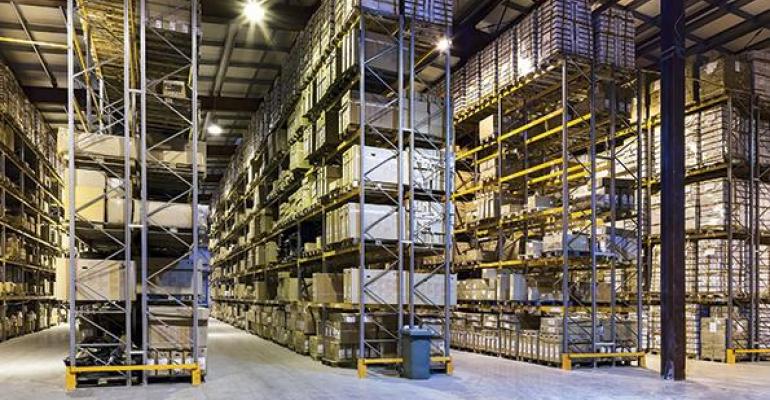Ask any industrial broker about the most important feature to industrial tenants looking for a new facility and they’ll say “location.” After that, it’s probably going to be clear height, with at least 32 feet, but preferably 36 or 40 feet, especially for large users (those taking 500 to 1,000 sq. ft. or more). But according to Blaine Kelley, Atlanta-based senior vice president of the global supply chain practice with real estate services firm CBRE, tenants will trade off all other physical features for proximity to customers, labor and suppliers.
That’s because the most dramatic changes in the logistics business in the past fewyears has been consumers’ increasing demand for the quicker delivery of goods, says Pete Quinn, national director of industrial services, USA, with real estate services firm Colliers International.
“This is why lots of build-to-suits are going up: companies are seeking ways to create greater efficiencies based on their operations,” Quinn says. “Greater efficiency and flexibility is also the reason more companies have increased their utilization of 3PLs,” he adds, noting that European companies already rely heavily on this alternative.
When it comes to heights, Jack Fraker, vice chairman and managing director of global industrial and logistics with CBRE, notes that higher ceilings create the need for special forklifts and other equipment, but tenant believe the benefit in going high is worth the investment. Large space users also find it necessary to stage part of their merchandise in truck trailers, so they need a large trailer parking apron in the back of the building, as well as a high level of employee parking: 500 to 1,000 spaces, particularly during busy seasons such as Christmas.
Quinn notes that large users, who need an additional 150,000 to 200,000 sq. ft. during high volume seasons, also like facilities that provide flex space, an issue that providers like Prologis are helping their clients solve.
Another key feature for industrial tenants is site functionality: can trucks move around with ease and is there sufficient parking for both employees and extra trailers, notes Miami-based Walter Byrd, senior managing director at real estate services firm Transwestern. “This functionality, combined with the number of overhead doors and ceiling height, directly impacts the efficiency of the operation.”
Other potential deal breakers, according to Fraker, include: lack of nearby transportation infrastructure, including intermodal yards or UPS/Fedex logistics hubs, and lack of food amenities for tenant employees. He notes that some very large users are bringing in two or three on-site, third-party food contractors or are providing a subsidized, on-site food service.
After that, specific design preferences vary by type of user, according to Quinn. One company may prefer a long narrow front-load design, while another may want a wider cross-dock layout. The product type, number of skus and number of turns will dictate the most efficient model. The type of material-handling equipment being utilized will also have an impact on the design preference.
Kelley adds that developers are beginning to embed technology in new industrial facilities to reduce the amount of labor required, a top priority given today’s tight job market. This means more electrical power is needed in the new facilities than went into buildings constructed just a few years ago. That means energy-conservation measures, like motion-activated LED lighting, are becoming increasingly popular, Quinn points out.
Quinn notes that making buildings comfortable for employees has taken on increased significance in the current labor market. Tenants want upgraded circulation, as well as amenities including larger breakroom with games, televisions and other leisure equipment, to help them attract and retain employees. “The government is going to have to consider the current lack of qualified labor when they continue to address the immigrant issues” he says.
Kelley notes that overall, there is a lot focus on bringing tenants’ real estate costs down. “There’s lots of pricing pressure on tenants,” he says. “That’s great when the market is growing and expanding, but there needs to be more balance, as rent growth has been robust during the recovery period.”





